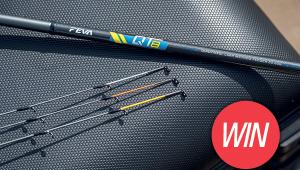A Week Of Lessons!
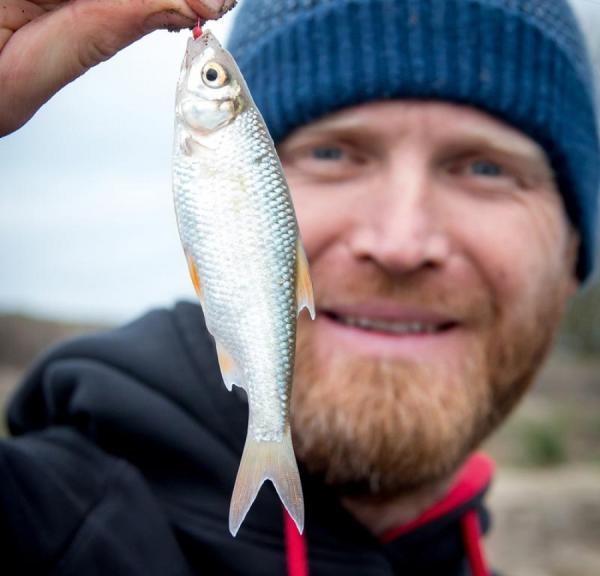
Rob Wootton discusses the lessons learnt from a tremendous week in Ireland.
I’ve just returned from another really enjoyable trip to Ireland; this time my destination was Inniscara lake down in the south of the country and the competition was the annual FeederFest, sponsored by ale giant Guinness.
As the name suggests this event is a feeder-only affair and given the lake’s vast stocks of roach and skimmers, fishing at short range is normally the name of the game. Last year’s event saw me finish in fifth place, not bad considering 100 top feeder anglers were in attendance, but even so I was still keen to improve on this result.
The week started off a little disjointed as our Saturday ferry was cancelled due to bad weather, meaning that we had to travel a day earlier than expected on Friday. This wouldn’t normally cause an issue but I was due to land back in the UK from a family holiday late on Thursday night. The initial plan was to use Friday as a prep day but that was out of the window, and I’d have to just chuck all the gear in the van and sort it out on the other side of the Irish Sea.
Anyone who has fished any of the big festivals in Ireland will know just how well run the events are: food is organised, there are signposts to each venue and bait deliveries during the week just help take a weight off the anglers’ shoulders during the week. I’ve got to say the bait is always top-notch too.
My week went brilliantly on all but the last day; I had some really favourable draws and earlier on in the festival I managed to avoid some really tough areas, something you need to do in a weight-based festival. Things ticked along nicely with me adding sizeable chunks to my total each day, and after day four I was leading the festival by a couple of kilos. Then it happened… my run of good draws ended with a final day on the dreaded Pump House section, a bottomless area that threw a spanner in the works for quite a few people during the week. My return of just over a kilo meant I crept over the line and finished in fifth place again!
Much of the fishing during the week revolved around catching numbers of small fish short, so I’ve brought editor Smokey Joe out to Naseby for a bit of a recap of the tactics I and many others used during the week.
Go Short
Catching lots of small fish should always be done at the shortest distance possible; during the week in Ireland much of the fishing was carried out at distances of around 20 metres. Obviously, the shorter distance means that everything happens quicker – fish are retrieved quicker, the feeder sinks quicker and you are also more likely to be more active and not become lazy when you’re fishing at such close quarters. Just picking a line and fishing it without thinking isn’t the way to go though, as so many factors come into where you choose to fish, and just like many natural venues Inniscara needed some careful thinking.
The Right Line
Finding the right depth is vitally important and fishing in water that is just a couple of feet too deep or too shallow can see your results really suffer. Something to bear in mind is that skimmers and bream tend to prefer deeper water while roach want to feed a little bit shallower; if you can find a depth in between where both species are happy to feed then that’s when you’re on to a winner.
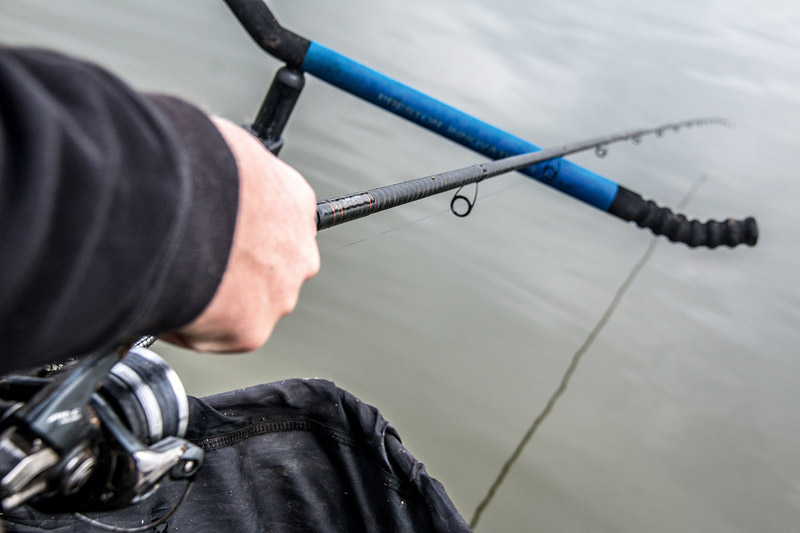
Holding the rod can be important for roach
I reckon that a 1oz square bomb sinks at roughly two feet per second at these short distances, so by having a cast around at the start of the session and getting a feel for the swim I can try and find that ideal depth where both species feel happy.
It’s a tricky thing to master though, as in my experience the bream like water of 20 feet or more while the roach often feed happily in just four feet! Every week we fish Inniscarra the magic depth changes, but trying to find a depth somewhere in between these two points is essential and will give you the chance to catch both species.
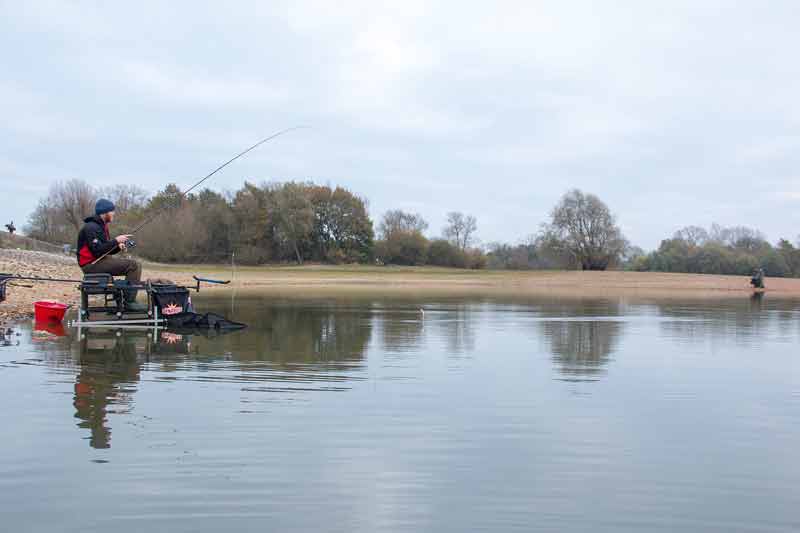
Small-fish work on the feeder is very rewarding. Take time to plumb the swim with a 1oz lead.
The other critical factor that comes into swim placement, especially on shallow venues or when the pegging is tight, is where your neighbours are fishing. I always want my own line and if that means that I have to go a couple of metres further than those around me then I will. On the other hand, if I feel that it’d be better to come closer than those around then I don’t mind doing that either; a line at 15 metres can often outfish one at 20 metres, especially if it’s the correct depth.
The Bait
I’ve already mentioned that the quality of the bait is fantastic when you’re over in Ireland and to every peg you need to take casters, worms, hemp and red maggots to complement your groundbait. There are no hard-and-fast rules for what to put through the feeder, as each day and venue is different; for instance, some days you might need to cram as many casters in the feeder as possible whereas on others you might not feed a single caster.
I like to be prepared though, so I take plenty of bait to my peg and if needed it’ll get fed. My groundbait mix for this sort of fishing hasn’t changed much for several years: brown crumb, Dynamite Bream Original and Match Black Frenzied Hemp to help darken the mix works really well and can be mixed to different consistencies, which again can help on days when you need to change things around regularly.
Mixing the groundbait to a wet consistency can work very well for roach. The wet mix and its extra cloud can really pull fish into the swim. Always have a spare bowl on your side tray so that you can try tweaking a small handful of mix. This way you don’t ruin the whole mix.
The Kit
Short, responsive rods are the name of the game and 11-footers are most people’s choices, mine too. The tips need to be nice and fine to show up the bites, and to help bite detection even more I use braid direct from the reel to the feeder. To catch big weights of small fish you need everything as direct as possible and a light tip and braid direct combo means that you see the bites as quickly as possible.
By using heavy feeders I can cast in and quickly tighten up to the feeder and see bites as soon as the feeder settles. A long mono shockleader is great when targeting larger fish but for these fast-biting roach you need to be seeing every little flicker on the tip.
The rig I use is also very simple; the last thing you want in a speed race is a load of tangles so my standard running rig is all that I use, and coupled with a robust hooklength of 0.17mm there’s very rarely a problem with any tangles. A Tubertini Series 18 or a B512 in a size 12 completes my setup.
Feeders
A standard Nisa Cage works well and I carry these in all sizes and weights, with the small 28g feeder getting more use than the others. Cage feeders work brilliantly even in deep water and the small plume of bait that exits the cage as it sinks definitely helps draw fish into the peg. This is always my starting feeder but more and more often I’m finding myself chucking window feeders.
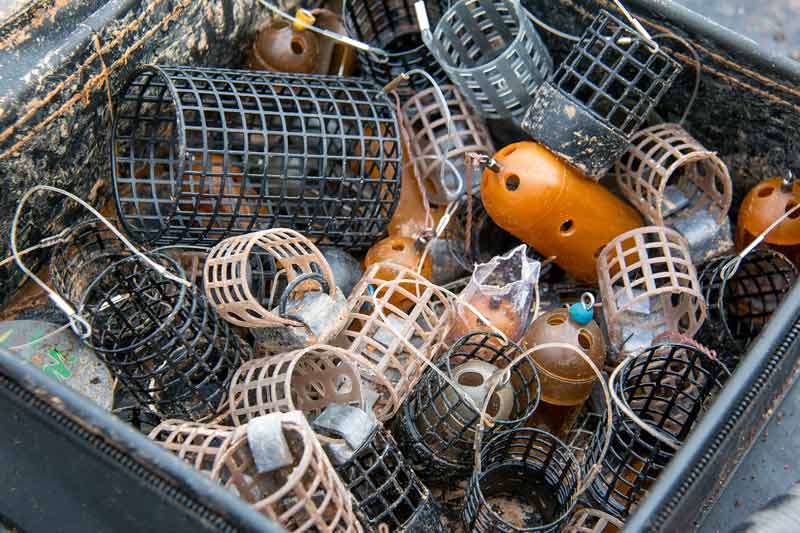
These feeders are far more versatile than I first realised and while they are great for getting loads of particles into the swim they are also very useful when you’d like to cut back on the feed and feed neat groundbait. Window feeders cast like a dart and also sink a bit quicker, so the whole fishing process is speeded up. I find myself using the two smallest sizes of Dennett Rapid Feeders and by swapping to a cage whenever you feel the peg needs a boost you can really get the most out of your swim.
Interestingly I rarely fed a volume of bait at the beginning of the session. I find in Ireland it’s often better to just fish from the start rather than filling it in at the start.
Rob's Irish Mix
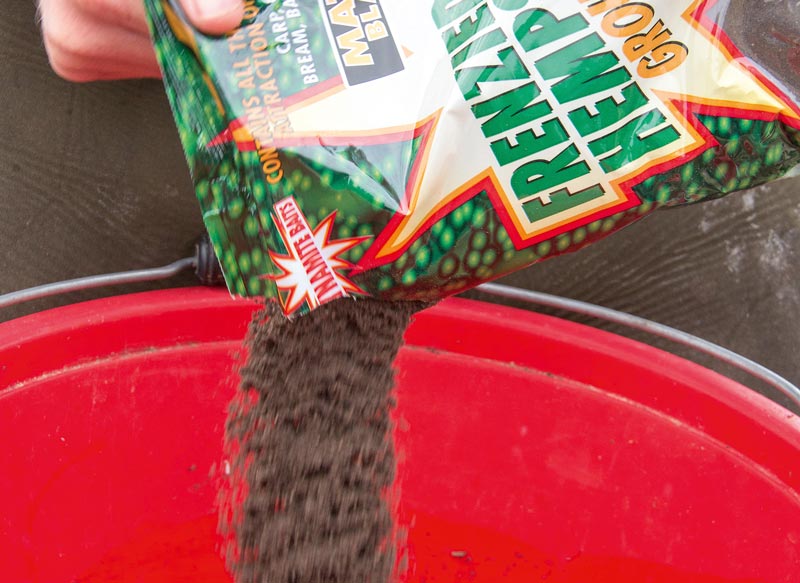
1. One part Frenzeid Hemp. Match Black
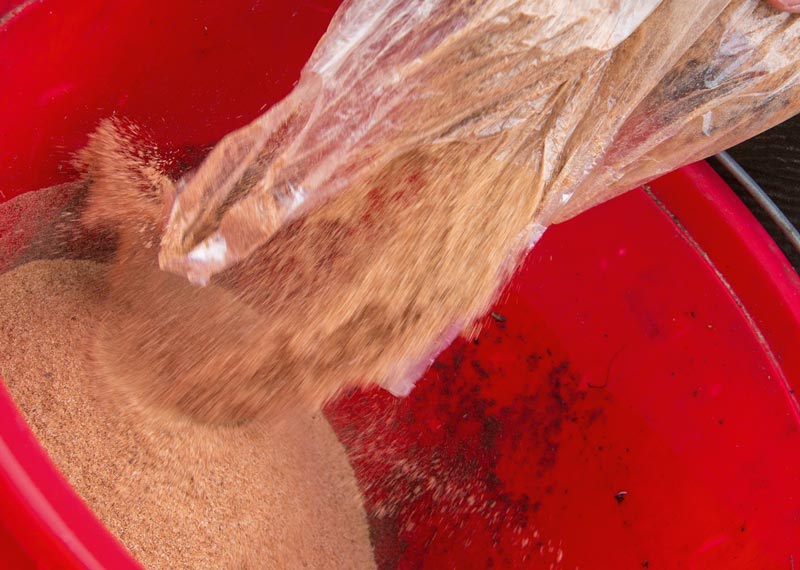
2. One part brown crumb
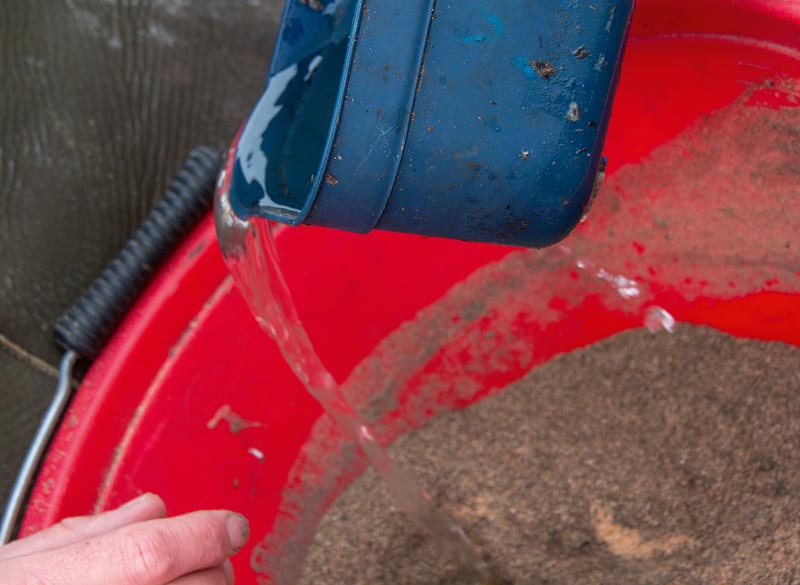
3. Mix it on the dry side to start with
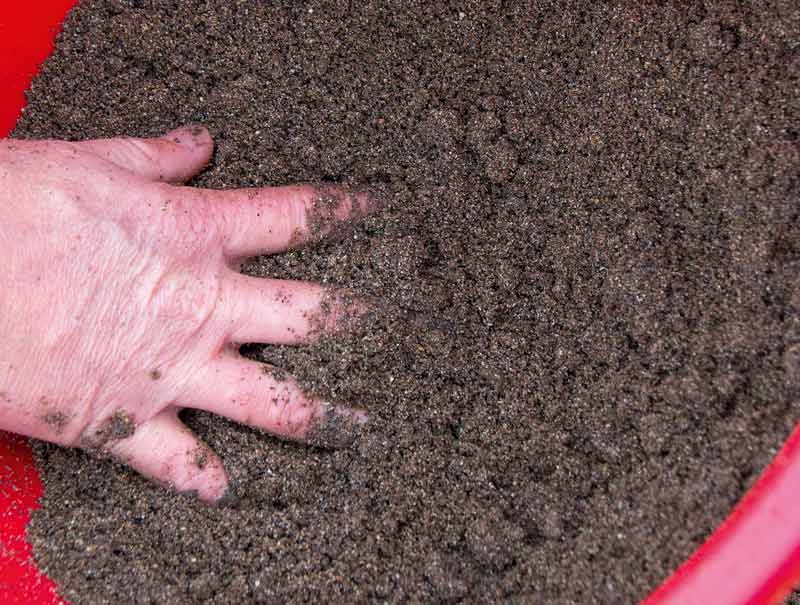
4. The dark andcrumb is perfect for Ireland
If you would like to find out more about fishing in Ireland visit Ireland Travel Plus
Or call Helen Rainsford on 07711607200
- Log in or register to post comments











